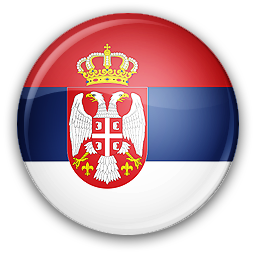National Action Plan for Renewable Energy Sources unrealistically provides projections of the sector development. Croatia National Action Plan for Renewable Energy Sources, harshly critized by public, and the amount of RES fee which was increased last week for seven times by the Government decision and which the citizens have to pay on their accounts.
Energy agency HROTE had lack of 11 MEUR to cover all costs of eligible producers in 2012, mainly for subsidies for wind power plants. To HROTE was paid 25 MEUR in 2012. for the compensation , while the total paid amount was 46 MEUR. That institution will collect even 70 MEUR in the next year on behalf of the new incentives, and it is possible that it will happen again the accumulation of funds. “If we take into account the increase in installed capacity of wind power plant of 400 MW by the end of next year , the increase in solar power plants of 50 MW and an increase in other technologies in accordance with the National Action Plan (which is unrealistic ), even without the additional anticipated growth of the average production cost , it is raised the question of justification for such high fees in the next years, as well as the question of methodology for the fee calculation”.
It is criticized the fact that wind power plant projects are limited to 400 MW because the network cannot accept stronger power, as HOPS claims although some professional and academic communities disagree with it, so it is raised the question whether this means that we give up of infrastructure development plan for the RES integration in the grid. Something like that would be inconsistent with EU regulations, and by the way, the network development plan is not just related with the RES integration. In general, the guidelines outlined by the National Action Plan close the further sector development and development of local industry, experts, designers and contractors, who have the highest growth in the sector at the global level, the Administration.
Public in Croatia criticized plans for the big hydro power plants by 2020 (300 MW by 2020); and even 50 MW should be built annually after 2015, which has nothing to do with reality and the possibility of projects implementation, and this also can be applied on the small HPP projects. PV projects practically should not be developed after 2015, although this is opposite to the technological and commercial world’ trends, because it is known that FN should significantly decrease in price after 2015. In the register RERCPPP there is currently 102 projects on the biomass of total power of 250 MW, and the National Plan provides 85 MW by 2020. Portal points out that a large part of these projects will not be realized and realistically the odds could be achieved only in 2017.
Source; Serbia Energy See desk







